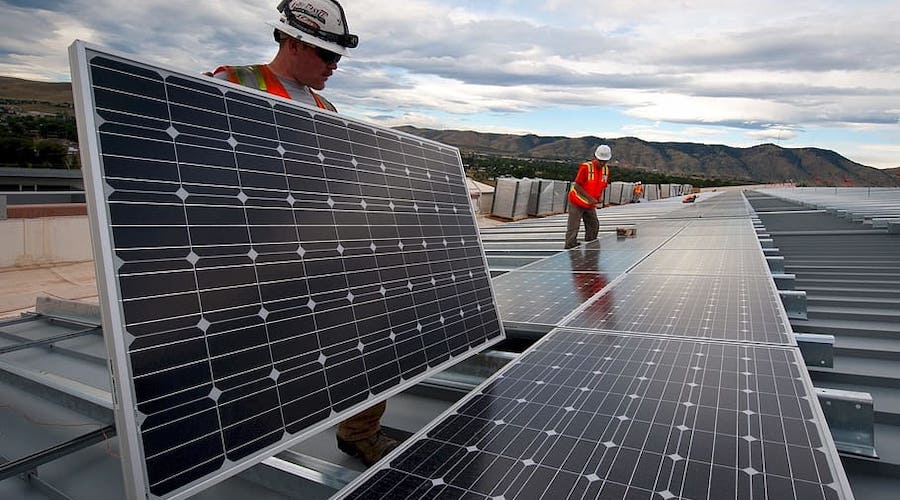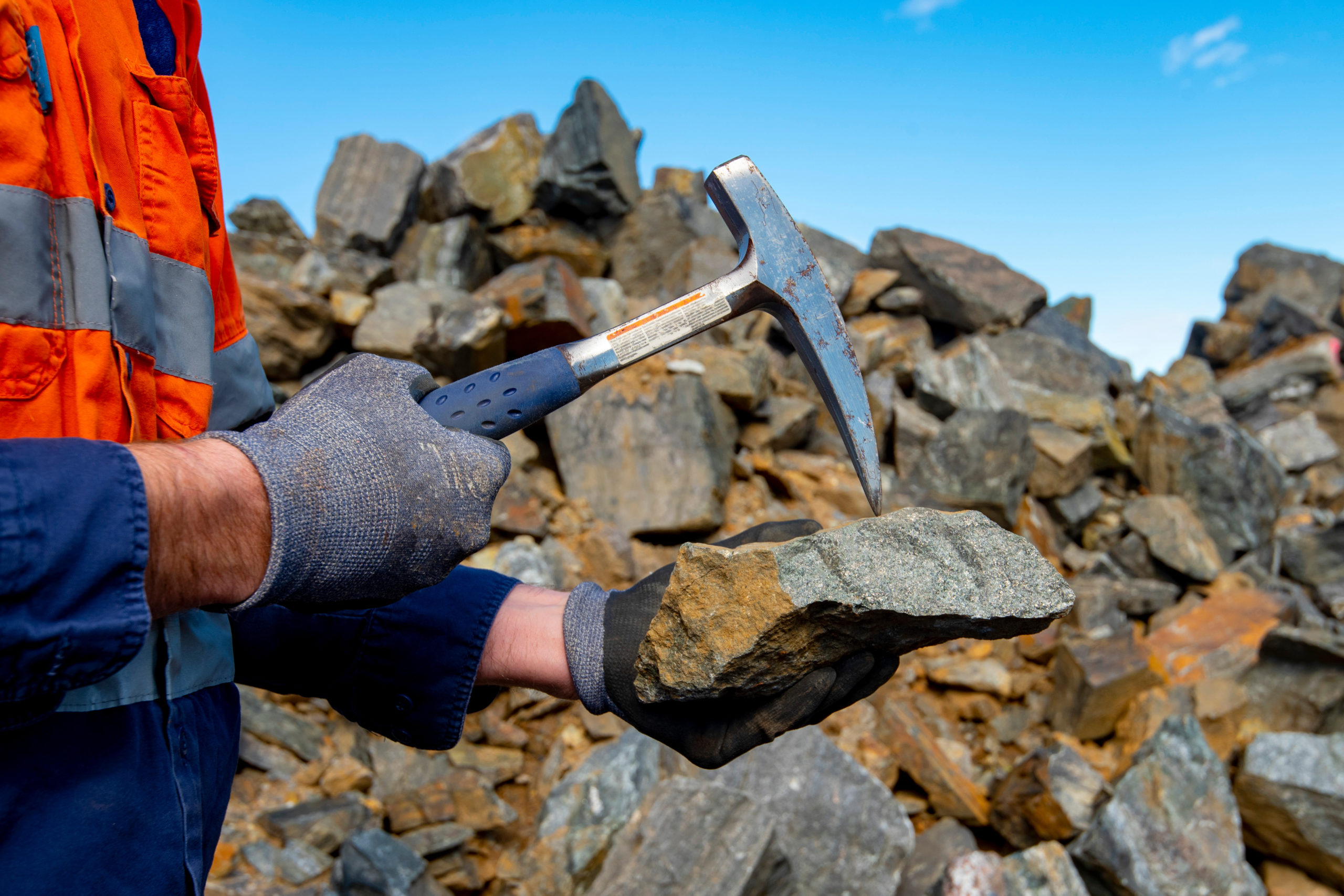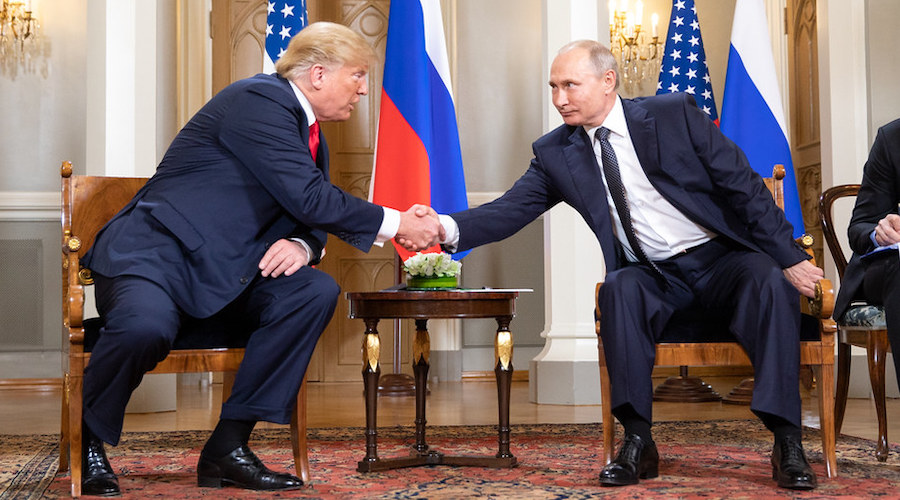Stellar copper demand from Chinese solar makers seen slowing in 2023 – CRU

Copper demand from China’s solar power sector is seen slowing next year after stellar growth in 2022, said consultancy CRU, possibly weighing further on copper prices hit this year by a downbeat global outlook.
China’s solar and electric vehicle (EV) sectors have fuelled copper demand this year, keeping spot premiums in China strong and limiting a bigger sell-off in copper prices. Benchmark London prices have fallen 28% since a record high in March, also due to covid-19 curbs in the world’s top copper consumer.
While it remains unclear whether the Chinese subsidies of recent years for the solar power industry will continue in 2023, European demand for the country’s solar products has already started to cool.
Copper demand from the Chinese solar sector is expected to dip 2% year-on-year in 2023 after likely soaring 53% in 2022 to 300,000 tonnes, according to data from CRU. The EV sector’s copper demand is seen up 18% in 2023, slowing from an expected 37% surge this year to 473,000 tonnes.
Strong demand from solar was backed this year by the building of solar installations, on course to hit a record high, as China brought forward projects planned for future years to 2022 to boost economic growth.
While China stopped granting state-level subsidies for new solar power stations in 2021, some local governments have still used their budgets to support solar power installation. It remains unclear whether this will continue in 2023.
“There (are) no detailed further stimulus policies introduced yet (for 2023),” said CRU analyst He Tianyu.
“We are currently relatively neutral for solar power growth in 2023, but we do not rule out that there will be room for further development in the future.”
While China has said it will extend its exemption of new energy vehicles from purchase taxes to the end of 2023, government subsidies for electric vehicles are set to expire at the end of this year.
Exports to Europe
In addition, Chinese solar module exports to Europe have been cooling due to a shortage of labour and inverters in Europe, volatile currency markets and high inflation environment, said InfoLink Consulting’s analyst Amy Fang.
An energy shortage in Europe, triggered by the Russia-Ukraine war, boosted the region’s demand for renewable power plant parts this year.
European imports volumes of Chinese solar cells and modules nearly doubled on an annual basis in the first seven months of 2022, according to data from the United Nations Comtrade Database.
“We predict the (modules) exports volume may still decrease from October to November. In December, European installation progress may slow down, due to the arrival of the Christmas holiday and winter frozen soil,” Fang added.
Meanwhile, China’s wind power sector is seen consuming 145,000 tonnes of copper in 2022, 30% less than a year earlier, as a subsidy from the Chinese central government for offshore wind projects – which consume more copper than onshore mills – ended in 2021, CRU’s He said.
He expects average annual copper demand growth from the sector to be almost flat from 2023 until 2027.
But copper consumption from the energy transition sector – which includes EV, solar and wind — is seen rising around 9% in 2023 to 997,000 tonnes, calculations based on CRU data showed. Strong demand growth from EV is expected to offset slowing appetite from solar and wind next year.
(By Mai Nguyen and Muyu Xu; Editing by Ana Nicolaci da Costa)
Read more: Column: Metal markets brace for a downturn of a different kind
{{ commodity.name }}
{{ post.title }}
{{ post.date }}



Comments